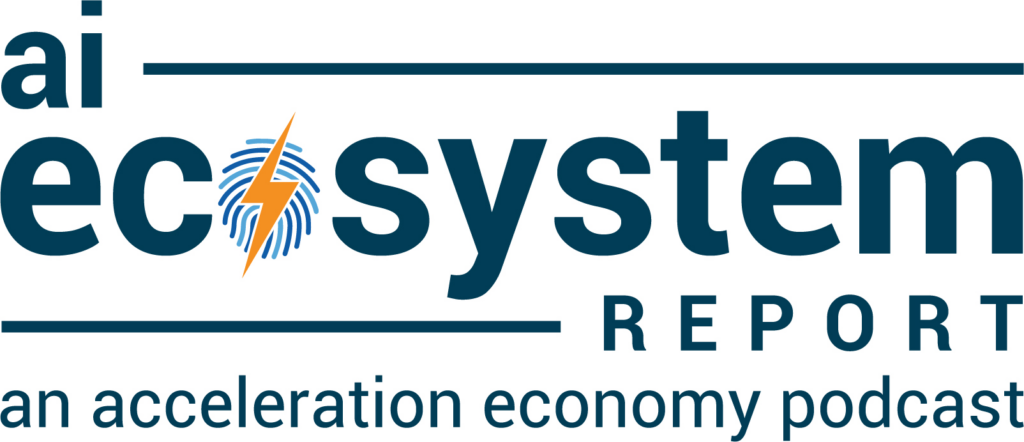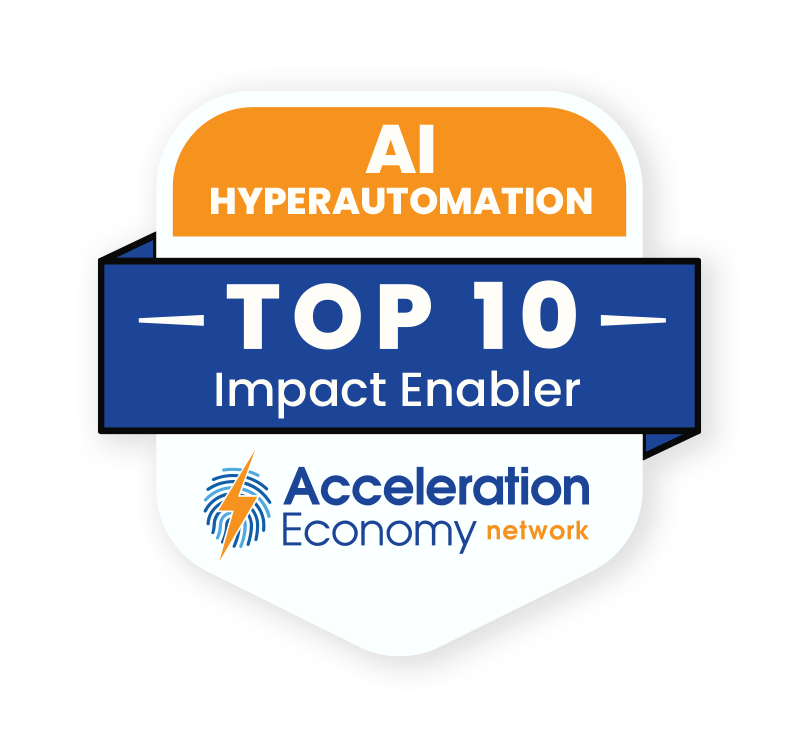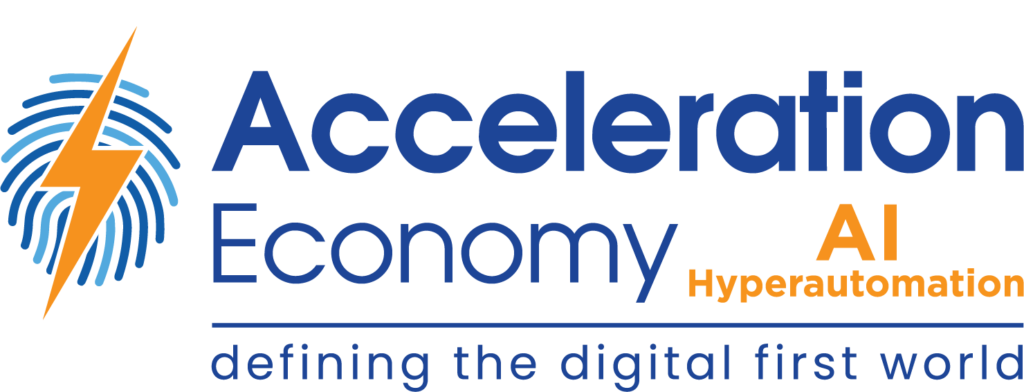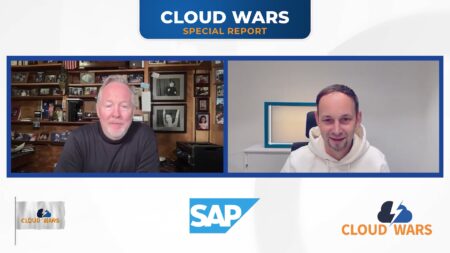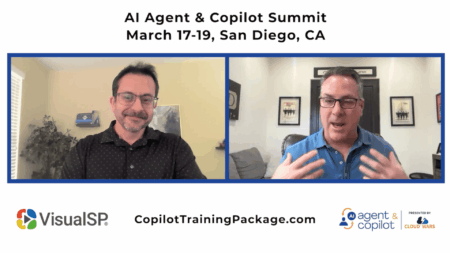Object-Centric Process Mining (OCPM), the underlying technology for Celonis’ ProcessSphere introduced late last year, is positioned as the next generation of process mining and execution management. OCPM overcomes limitations that include:
- The sometimes laborious, repetitive process of extracting and transforming data for analysis
- Not capturing interactions between objects (customers, sales orders, or invoices) that make up business processes
- Not reflecting the multidimensional (or 3D) reality of business processes, instead squeezing reality into a 2D perspective. Celonis explains this distinction by comparing 2D X-rays and their limited perspective with more complete perspective provided by 3D MRIs.
I recently spoke with Prof. Wil van der Aalst, widely recognized as the inventor of process mining and chief scientist for Celonis, to talk about use cases and benefits of OCPM, types of insights it will make available, opportunities to deploy the technology to support supply chain and digital twin applications and, finally, if (or how) generative AI could impact process mining and execution management.
Van der Aalst says 10 customers are now using OCPM technology and Process Sphere. One early customer, MOL Group and IT exec Andras Kotko, said gaining full process visibility at a glance, including “handshakes” between processes, is a valuable addition to the management of complex systems and processes.
Where Object-Centric Meets Process Mining
In traditional process mining, customers looking to analyze processes pick one object to follow. Then, each time they want to analyze an organization or process from a different angle or viewpoint, they have to redo the data extraction process.
In a typical business, analysts would review sales, production orders, invoices, and shipments, which are all connected to each other. “If you apply traditional process mining, you’re basically following just an order, or just a shipment, or just one of those things,” Van der Aalst says.

“The key breakthrough of objects in process mining is to realize if you push the order button, that is one event involving many objects, rather than thinking of all these changes as many events that you want to relate to each other, which is very difficult. This way, process mining is much closer to reality.”
Wil van der Aalst, the “godfather of process mining”
“Using object-centric process mining, you’re basically able to extract all the events as they actually happened, without really interpreting them from a particular viewpoint. By doing so you can later look at this data from any angle.” The result? “It speeds up the analysis process incredibly.”
Analysts will be able to spot inefficiencies in shipments resulting from problems in production, for example, while only needing to extract the data one time.
Capturing Reality
Van der Aalst shared a common business function as one scenario where OCPM more closely reflects the way businesses function in practice.
The scenario goes like this: You place an order for multiple items at Amazon.com. In the Amazon systems, many database tables are updated: your customer table, the tables with the products you ordered, the table with the products Amazon needs to ship, and so on.
“Just imagine that because you pushed the order button, 20 different database tables have changed – and I think that’s very realistic,” he says. In some of those tables, if you ordered five products, you have five new rows in the database.
“The key breakthrough of objects in process mining is to realize if you push the order button, that is one event involving many objects, rather than thinking of all these changes as many events that you want to relate to each other, which is very difficult. This way [with OCPM], process mining is much closer to how it works in reality.”
This represents a major change in how customers will come to view the technology: “This new foundation will lead to a reinvention of basically all the process mining tasks,” he says.
Supply Chain Opportunities
Van der Aalst says he sees opportunities to make connections between companies in the automobile industry – think manufacturers and suppliers – to fine-tune processes on the strength of OCPM. “This is a great use case we are aiming at,” he says. “A car manufacturer knows how many cars of which type they are going to produce. This is very valuable information for the supplier, and the reverse too: If production stops because something is not available, you would like to know that, in time, you can still adapt.”
Which companies are the most important vendors in AI and Hyperautomation? Click here to see the Acceleration Economy Top 10 AI/Hyperautomation Short List, as selected by our expert team of practitioner-analysts
Van der Aalst says Celonis is encouraging firms to work together in this way and the hurdles aren’t technical ones. The biggest impediment is the sensitive, proprietary nature of the information that would be shared, and that causes hesitation among partners in the value chain.
At the time ProcessSphere was launched, Celonis Co-CEO Alex Rinke noted the potential for the technology to enhance inter-company connections and data sharing, and called supply chain “one of the accelerators of this for sure.”
More Manufacturing Use Cases: Digital Twins
Van der Aalst raised digital twins as another use case where OCPM can add significant value. Before detailing that scenario, it’s worth revisiting what exactly a digital twin is and how it operates in order to understand where OCPM could come into play.
Per this excellent explanation from manufacturing CIO and Acceleration Economy analyst Kenny Mullican, a digital twin is a model of a real-world entity. It can be an object, a system, or a process, and it must be able to function exactly or as close as possible to the real entity. In many cases, the digital twin is connected to its real-world counterpart, with real-time data synchronization that ensures that the model maintains all the necessary characteristics. It can use data feeds, often generated by IoT, to stay current. Digital twins are referenced most often in the context of manufacturing.
Van der Aalst refers to digital twins as simulation models. They tend to simulate a single object (in process mining terms) but if you consider people working in a manufacturing setting, they are involved in multiple processes, not a single process or object. So a single-object perspective can be quite limited, whereas OCPM could make digital twins more effective.
“If you analyze something as if a person is only involved in one process, you can get results that are very misleading,” he says. “So I think this will help bring digital twins to a higher level of maturity compared to where they are today.”
Generative AI and Process Mining?
Given the remarkable buzz, and proliferation of use cases, surrounding generative AI and ChatGPT (which has seized attention mostly for consumer-oriented applications), I asked Van der Aalst if he sees any applications for the technology in process mining.
The short answer: He doesn’t see immediate applicability but there is a need to evaluate the technology and potential use cases.
Celonis is focused on delivering predictive insights for customers. Examples would be predicting remaining lead time for an order or forecasting the likelihood that a customer would stop using a service. “For anything in the predictive setting, the generative stuff is very useful,” he says. “It’s a technology that helps to make, for example, predictions more reliable if you have little data.”
The company may not be taking concrete actions to utilize generative AI, but it’s clear that the value of predictive functionality points to Generative AI’s potential in the B2B software realm.
Looking for real-world insights into artificial intelligence and hyperautomation? Subscribe to the AI and Hyperautomation channel:



